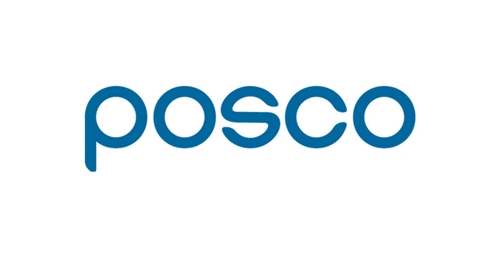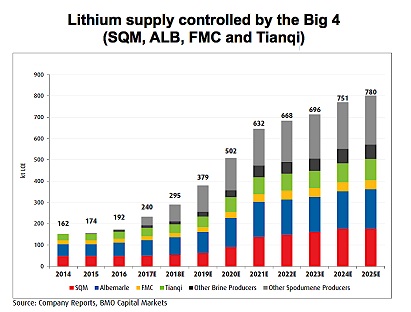
POSCO to buy lithium mining rights in Argentina from Galaxy

The deal, said the company, will secure stable lithium supplies for its battery material manufacturing affiliate POSCO ES Materials.
Deal gives POSCO a package of mining tenements for 17,500 hectares of land in the northern area of the Salar del Hombre Muerto salt flat.
The Asian firm, which has been trying to ramp up its lithium business as the global steel market suffers from oversupply and protectionist policies, also said it planned to build a lithium plant in the South American country. The facility is expected to produce 25,000 tonnes of the white metal for 20 years, starting in 2021.
Lithium, a key ingredient in the making of batteries that power electric vehicles (EVs), has seen demand soar in recent years as more people shift away from cars powered by fossil fuels.
Experts expect the need for the commodity from battery makers alone to jump 650% by 2027, while overall demand is forecast to rise more than threefold in the next nine years.
Despite bullish forecasts, lithium may have a funding problem. Banks are wary, citing everything from the industry’s poor track record on delivering earlier projects to a lack of insight into a small, opaque market. Without more investment, Bloomberg reported, supplies of the commodity could remain tight, sustaining a boom that already has seen prices triple since 2015.

In May, Galaxy announced it had agreed to sell the Korean firm a package of tenements in the Salar del Hombre Muerto (The Dead Man’s salt flat) in northern Argentina.
It said at the time it would invest the proceeds from the deal in its flagship Sal de Vida (Salt of Life) lithium and potash brine project, also located in Argentina, within an area known as the Lithium Triangle, which straddles the border with Bolivia and Chile.
POSCO has hit some legal challenges to acquire mining rights for salt lakes in South America. This has led the company to develop alternative technologies to extract lithium from lithium minerals and used batteries instead of saltwater. According to the steelmaker, it is the only company in the world capable of producing lithium from three different sources.

Assets are located in Argentina, within an area known as the Lithium Triangle, which straddles the border with Bolivia and Chile. (Map courtesy of Lithium Power International, which is developing The Maricunga Lithium Brine project in northern Chile.)


Trump weighs using $2 billion in CHIPS Act funding for critical minerals

Codelco cuts 2025 copper forecast after El Teniente mine collapse

Electra converts debt, launches $30M raise to jumpstart stalled cobalt refinery

Barrick’s Reko Diq in line for $410M ADB backing

Abcourt readies Sleeping Giant mill to pour first gold since 2014

Nevada army depot to serve as base for first US strategic minerals stockpile

SQM boosts lithium supply plans as prices flick higher

Viridis unveils 200Mt initial reserve for Brazil rare earth project

Tailings could meet much of US critical mineral demand – study

Kyrgyzstan kicks off underground gold mining at Kumtor

Kyrgyzstan kicks off underground gold mining at Kumtor

KoBold Metals granted lithium exploration rights in Congo

Freeport Indonesia to wrap up Gresik plant repairs by early September

Energy Fuels soars on Vulcan Elements partnership

Northern Dynasty sticks to proposal in battle to lift Pebble mine veto

Giustra-backed mining firm teams up with informal miners in Colombia

Critical Metals signs agreement to supply rare earth to US government-funded facility

China extends rare earth controls to imported material

Galan Lithium proceeds with $13M financing for Argentina project

Kyrgyzstan kicks off underground gold mining at Kumtor

Freeport Indonesia to wrap up Gresik plant repairs by early September

Energy Fuels soars on Vulcan Elements partnership

Northern Dynasty sticks to proposal in battle to lift Pebble mine veto

Giustra-backed mining firm teams up with informal miners in Colombia

Critical Metals signs agreement to supply rare earth to US government-funded facility

China extends rare earth controls to imported material

Galan Lithium proceeds with $13M financing for Argentina project

Silver price touches $39 as market weighs rate cut outlook

















